WD-40 is a popular household product known for its ability to fix squeaks, loosen stuck parts, and clean surfaces. However, while it can be useful in many situations, it is not always the right solution. Using it incorrectly can lead to damage, residue buildup, or even safety issues. Many people don’t realize that certain surfaces and materials can react negatively to WD-40’s ingredients. Understanding where not to use it helps you protect your belongings and maintain their quality. Here are ten common household spots where WD-40 should be avoided to ensure safe and effective maintenance.
1. Door Locks
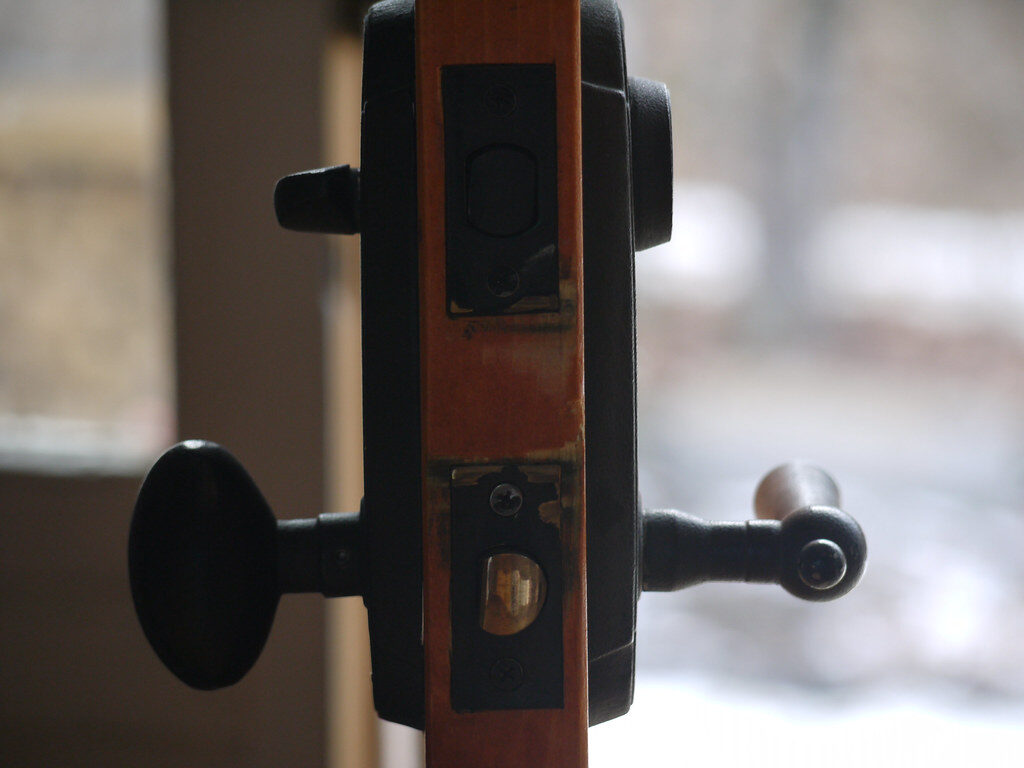
Although WD-40 can temporarily loosen a stuck lock, it is not suitable for long-term use. Its oily residue attracts dust and dirt, which can cause the lock’s internal mechanisms to jam over time. This buildup can make your keys harder to turn and even damage the lock cylinder. Instead, locksmiths recommend using a dry graphite lubricant that allows smooth movement without creating sticky residue. Graphite lubricants are specifically designed for locks and provide reliable performance without attracting grime, helping to maintain your locks in proper working condition for years.
2. Electronics and Circuit Boards
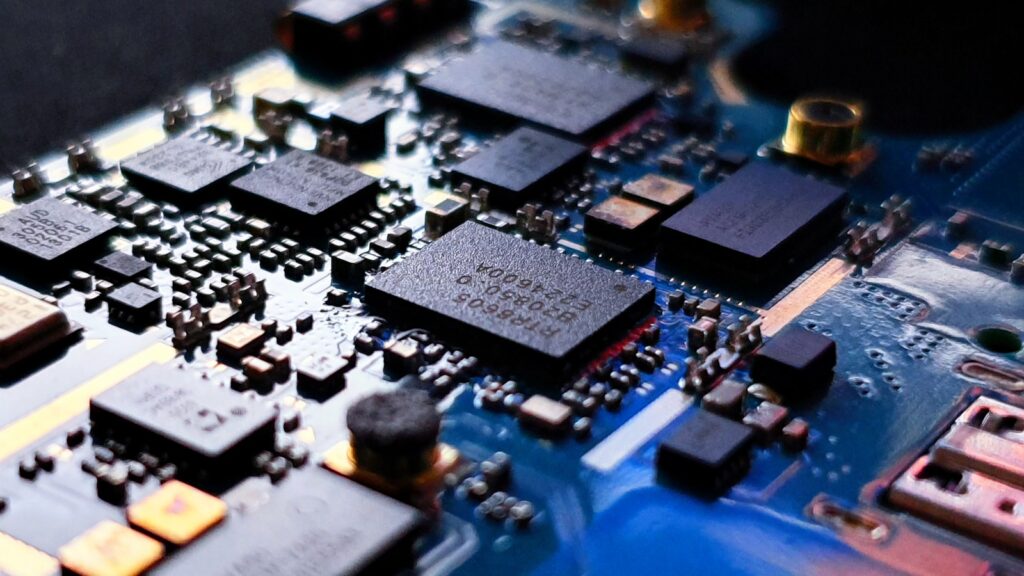
WD-40 should never be used on electronics or circuit boards. Its oily formula can interfere with delicate components, leading to short circuits or corrosion. Spraying it on devices like computers, remote controls, or outlets increases the risk of malfunction. Electronics require cleaners specifically designed for their sensitive parts, which evaporate quickly and leave no residue behind. Using an electronics-safe contact cleaner keeps circuits protected and prevents costly repairs. It is always best to power off and unplug electronic devices before cleaning them to avoid safety hazards or accidental damage caused by improper cleaning agents.
3. Painted Surfaces

WD-40 can damage painted surfaces by reacting with paint chemicals and causing discoloration or dull spots. When used on walls, furniture, or vehicles, it can strip the protective coating, leaving uneven patches. If you are trying to remove adhesive residue or stains, it is safer to use mild soap or paint-friendly cleaning products. These alternatives maintain the paint’s color and texture without harming the surface. Always test any cleaner on a small, hidden area first. Proper care helps preserve the beauty and longevity of your painted items without risking permanent marks or costly repainting.
4. Plastic Surfaces

Not all plastic materials react well to WD-40. Certain plastics, such as polycarbonate and clear acrylic, can become cloudy or brittle when exposed to it. The chemicals in WD-40 may weaken the plastic’s structure, causing cracks or fading over time. Instead of using WD-40, clean plastic items with warm water and mild dish soap to maintain their clarity and strength. This gentle cleaning method prevents long-term damage and keeps surfaces looking new. Always check product labels for compatibility before applying any chemical, especially on transparent or decorative plastic materials.
5. Bike Chains
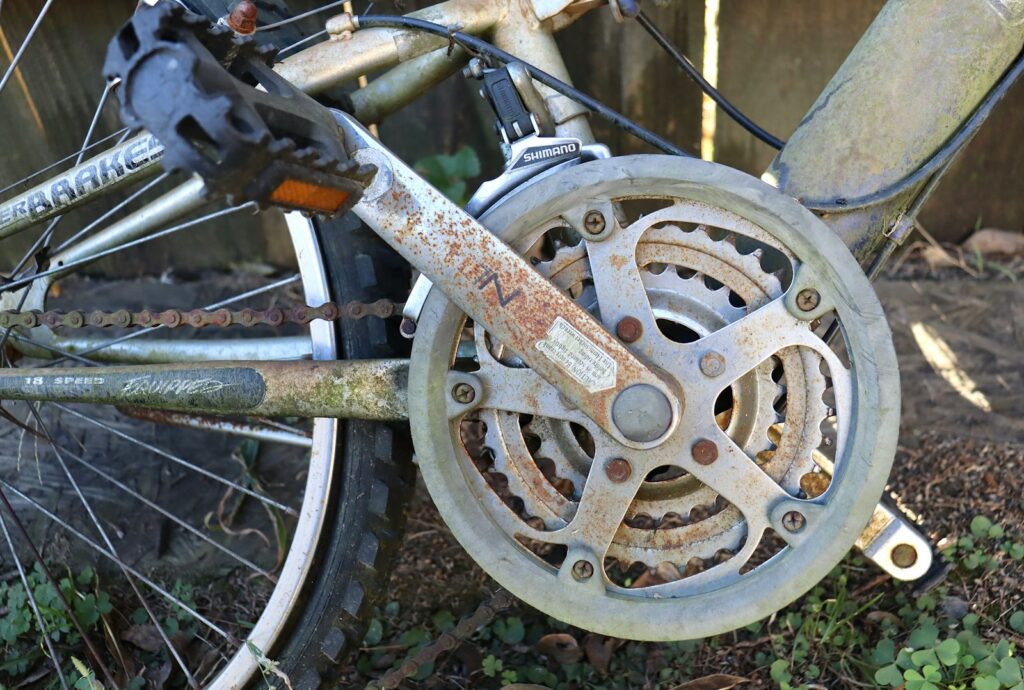
Many people mistakenly use WD-40 to lubricate bike chains, but it is not designed for that purpose. While it can remove grime and old grease, it lacks the lasting lubrication needed for smooth riding. Regular use can cause your chain to wear out faster, making cycling less efficient and noisier. Specialized bike chain lubricants are formulated to handle friction and outdoor conditions, providing better protection. Keeping your chain properly oiled ensures durability, prevents rust, and improves overall bike performance. For the best results, clean your chain before applying suitable bicycle lubricant.
6. Rubber Seals and Weatherstripping
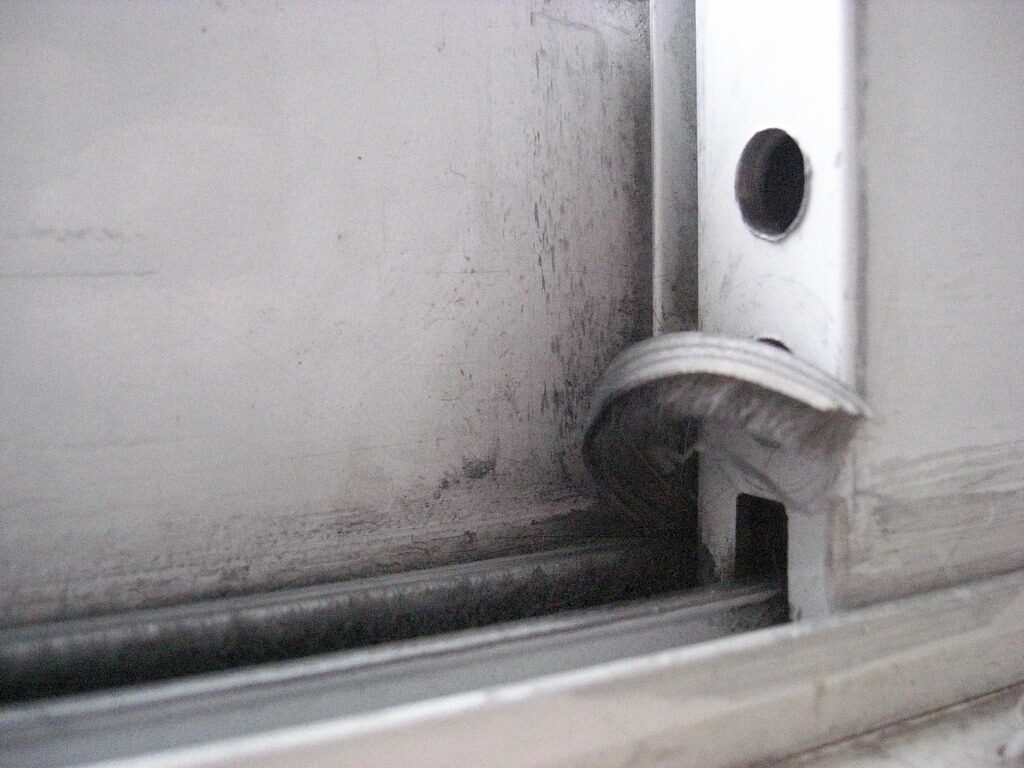
WD-40 can dry out rubber over time, causing it to crack and lose flexibility. This is especially problematic for car door seals, refrigerator gaskets, or window weatherstripping that rely on elasticity for proper sealing. The product’s chemicals strip away natural oils, shortening the rubber’s lifespan. Instead, silicone-based lubricants are ideal for maintaining flexibility and preventing deterioration. These lubricants create a protective barrier that keeps rubber soft and effective. Regular care with the right product ensures your seals remain airtight and prevents air or moisture leaks that lead to energy loss or noise.
7. Musical Instruments

Using WD-40 on musical instruments can cause serious damage. The oily residue can affect finishes, attract dust, and disrupt mechanical parts. On pianos, guitars, or brass instruments, it can ruin the sound quality and appearance. Instrument parts are delicate and require specific cleaning products made for their materials. Using the wrong product can alter tone, corrode metal, or degrade wood. Always follow manufacturer recommendations and use proper instrument polish or maintenance oil. Caring for your instruments correctly ensures longevity, preserves their value, and keeps them performing beautifully for years without unwanted chemical damage.
8. Non-Stainless Metal Kitchen Items

WD-40 should never be used on kitchen tools or utensils, especially those that come in contact with food. It leaves a residue that is unsafe for consumption and may cause metal corrosion over time. Knives, pots, and pans should be cleaned with food-safe products instead. Even stainless steel surfaces can be damaged by WD-40 if not rinsed thoroughly. Use dedicated stainless steel cleaners to restore shine and remove smudges safely. Keeping your cookware free from chemical residues ensures food safety and prevents unpleasant odors or taste contamination during cooking and preparation.
9. Eyeglasses

Spraying WD-40 on eyeglasses may seem like a quick way to remove dirt, but it can ruin lens coatings. The chemicals can cause cloudiness and strip anti-glare or UV-protective layers, reducing clarity and comfort. Additionally, it leaves an oily film that attracts more dust, making the lenses dirtier over time. To clean eyeglasses properly, use lens-safe sprays and a microfiber cloth designed to remove smudges gently. Regular maintenance using suitable cleaners preserves lens quality, enhances visibility, and extends the life of your glasses without risking permanent surface damage.
10. Leather Items
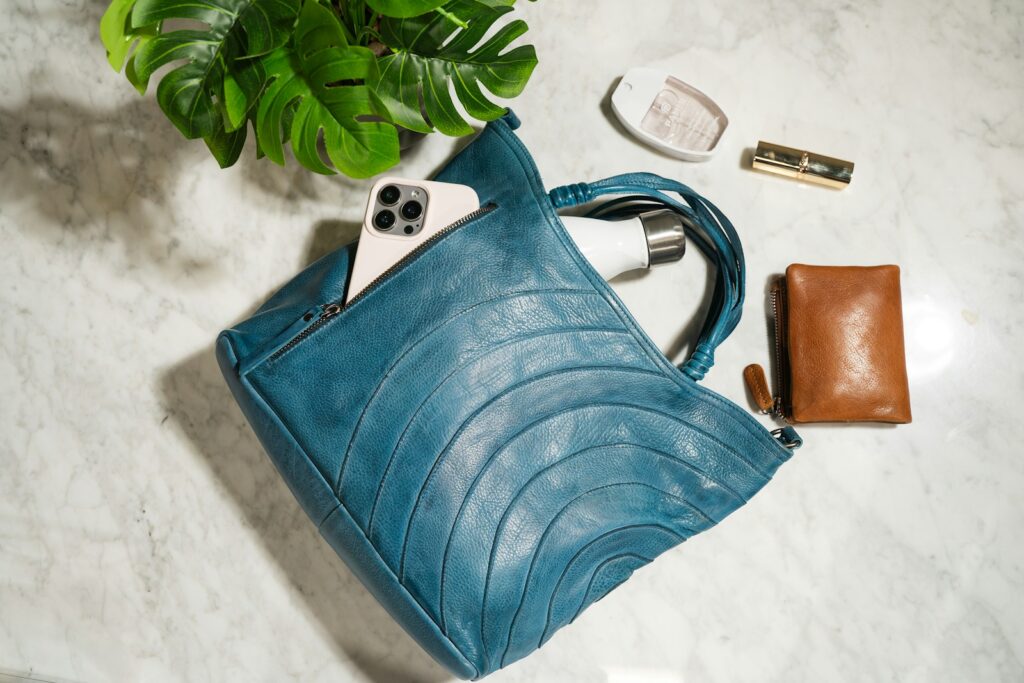
WD-40 should never be applied to leather furniture, shoes, or bags. While it might give an instant shine, it strips natural oils that keep leather supple and healthy. Over time, the surface becomes dry, cracked, and discolored. The chemicals in WD-40 can also alter the leather’s texture, making it stiff or uneven. Instead, use leather conditioners or creams specifically formulated for protection and nourishment. These products preserve softness, restore natural sheen, and extend the material’s lifespan. Proper leather care keeps your belongings elegant, durable, and free from harmful chemical effects.
Comments